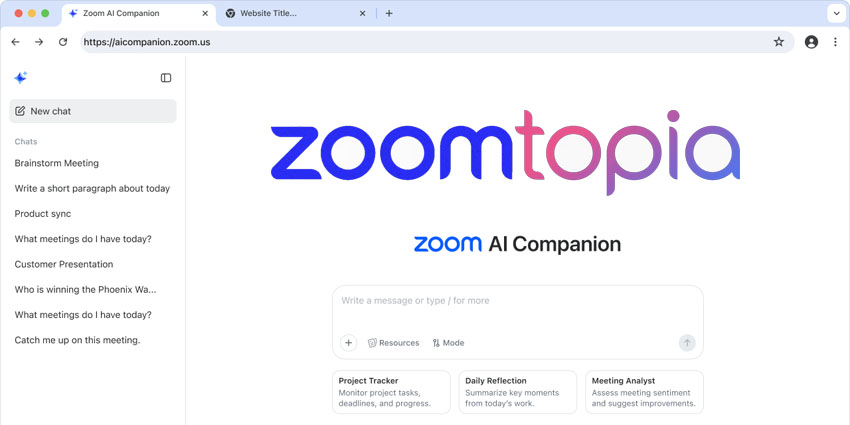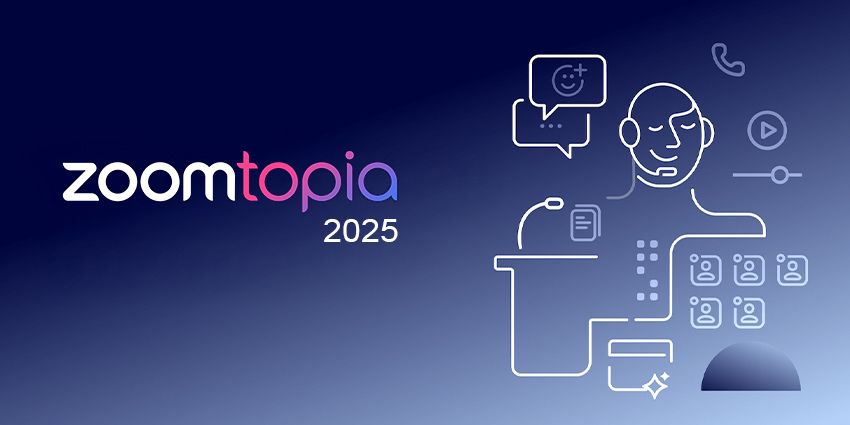As a millennial, with access to customer service at my fingertips – or even my virtual Personal Assistant like Alexa – the need to call a human being in a contact centre has dwindled. As more and more businesses go online, those less frequent occasions when you do talk need to be exceptional. On the rare and trivial times where I need to make a phone call to finish placing my order or to get support, customer experience should be a positive one and I fully expect that conversation to be award winning. And so do Oak. That’s why their mantra is that a quality conversation is worth measuring.
Quality measurement
Organisations are moving from quantitative only metrics to a blend of quantitative and qualitative metrics. I have sat in many contact centres and asked the contact centre manager what they are measuring and all I’ve seen is reports for average talk time, peak periods and other quantity-based measures. The question I always ask is:
“How do you know if your team is doing a good job?”
We then usually dig further into the data and find some good stats. I try to hide how much my eyes are rolling. Contact centre managers need to be empowered with the technology to measure what the impact their teams are having on the business. Are your agents delighting your customers or repeating the same script over and over again. At the chance of sounding like a robot, sometimes persistence beats resistance and you can wind a customer up so much they hang up. Result – average talk time banked. Nobody is going to question whether that talk time was any good and the chances of that customer raising a complaint are low. After all, everyone is busy.
Measure quality to drive quality
A focus on the quality of conversations works best when agents are empowered, take responsibility for continuous improvement and are provided with appropriate tools. This doesn’t necessarily mean you have to go out and buy a bunch of new kit. Sometimes, with contact centre or call recording packages, you will have quality measurement functionality that you are unaware of. If you don’t, this type of software can be bolted onto your existing contact centre without the need for you to make a big change to your business.
Often, however, the mentality is the issue. Rather than keep measuring numbers – although still important – Oak outlines some simple processes to move your contact centre from quantity-measured to quality-measured:
- Identify common call scenarios
- Define evaluation criteria each scenario
- Identify and share best practice for each scenario:
- To get new starters up to speed faster
- To share tactics and improve team performance
Teaching old dogs new tricks
When it comes to training, no contact centre manager likes to be told what to do. They are likely the veteran of the operation and are vastly experienced. View this as a good thing. They have seen the mistakes made in previous companies. When you continue to focus on stats-based measures and ignore the quality, the complaints do come in and the conversion rates do dwindle.
Oak suggests putting together a bundle of call recordings (best practice and selected exceptional calls) to provide more efficient training than listening in on live calls. Listening is a great tool to spot real-time issues, but what if they don’t occur? You could sit with an agent for an hour and everything go swimmingly. Negatives associated with listening in live include:
- Exposure to only a few scenarios
- No guarantees that an experienced agent will handle every call appropriately
- Unlikely exposure to infrequent/challenging calls like disputes and complaints
Managing change
Any change in the contact centre is impactful. However, the move from quantity to quality is a simple one with minimal change required by the end user. They can go about their day job in the usual manner, and the supervisor alters their routine from living in spreadsheets to helping their agents perform better. Overtime, the nature of conversations may evolve and new call scenarios may occur. This is the point where new tactics can be identified, developed and optimised using quality measurement.
Once you have made the small changes in your processes, you can start to drive real efficiencies and start delighting your customers. If you are ready to start the transition from quantity to quality, or are keen to learn more, you can read more about quality measurement with Oak.






